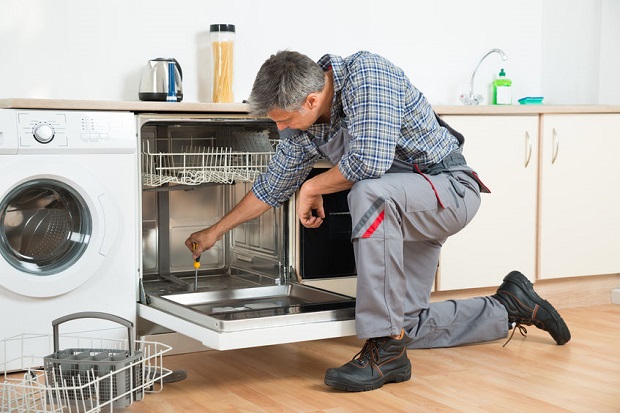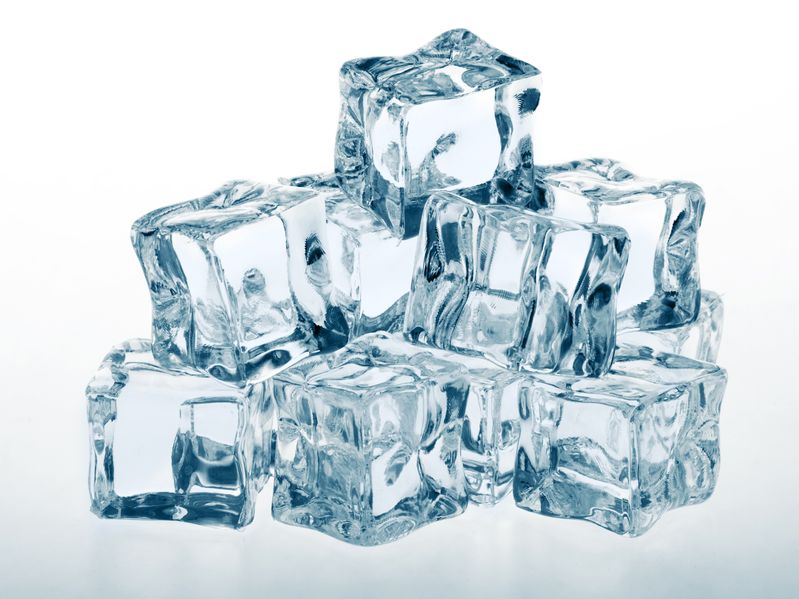
Since first introduced by Josephine Cochrane in 1893 at Chicago’s World Fair, dishwashers have evolved from a mechanically operated spinning rack over a copper boiler to the modern computerized marvels available today.
Overview
Though models will differ in the options that they offer and the method in which they perform tasks, the basic premise of the inner workings of a dishwasher are relatively the same. The unit will fill with water, work to heat the water, spray the dishes with water and detergent, rinse the dishes, drain, and then dry the dishes. Here’s how a dishwasher works-
The Control Board: All dishwasher models are equipped with some form of control panel that manages dishwasher functions, which include timers, a door switch, and selector switches.
The Water Supply: The dishwasher must be connected to a water supply in order for it to work. The dishwasher is equipped with a water-inlet valve, which will allow the water to enter the dishwasher. When the timer calls for the water, it will send an electrical impulse that will open the water-inlet valve. The same electrical impulse will stop the flow of water through the timer, or will be equipped with a float switched designed to automatically close when the water reaches a particular height.
The Booster Heater: Modern dishwashers come equipped with a booster heater that consists of an internal electrical resistance element. The booster heater is designed to increase the temperature of the water inside of the machine to achieve the desired sanitizing temperatures without having to set the entire home’s water temperature as high.
The Motor: Some dishwasher models come equipped with a single motor, while others are designed with two. In the one motor model, the motor is designed to run all operations, while in the two motor model, one motor operates the water pump and a second operates the drainage system.
Pump: The pump works to push water up into the jet sprayer arms. In models with reversible motors, the pump will push water to the jet sprayer arms when the motor runs in one direction and pushes it to the drain when the motor runs in the opposite direction. If the model is equipped with a non-reversible motor, the pump will drain water with the assistance of a mechanical arm that diverts the water to the drain.
Jet Sprayer Arms: All models are equipped with some form of jet spray mechanism designed to disperse water over the dishes. The force of the water through the pump regulates the jet sprayer arms.
Drain: The water that has entered the dishwasher and run through its various cycles will then drain out. Some dishwashers are installed to drain directly into the garbage disposer while other models will drain through an air gap that is designed to prevent clogs.
Machine Drying: Following the cleaning, rinsing, and draining cycle, the unit is then ready to dry the dishes. Most energy efficient models come with the option to air dry the dishes. If you opt for the dishwasher to dry the dishes, the dishwasher’s heating element will dry the dishes for a preset period of time.
Resources
Home improvement 1-2-3. 2nd ed.; [New ed. Des Moines, Iowa: Meredith Books, 2003. Print.
“Dishwasher Facts, information, pictures | Encyclopedia.com articles about Dishwasher.” Encyclopedia.com | Free Online Encyclopedia. N.p., n.d. Web. 1 Feb. 2012. http://www.encyclopedia.com/topic/Dishwasher.aspx
Hoak, D., Parker, D., Hermelink, A., “How Energy Efficient are Modern Dishwashers”,
Proceedings of ACEEE 2008 Summer Study on Energy Efficiency in Buildings, American
Council for an Energy Efficient Economy, Washington, DC, August 2008.
“How to Install a Dishwasher | Step-by-Step | Appliances | Kitchens | This Old House – 2.” Home Improvement and Remodeling: This Old House. N.p., n.d. Web. 1 Feb. 2012. <http://www.thisoldhouse.com/toh/how-to/step/0,,20076102_20174093,00.html>





